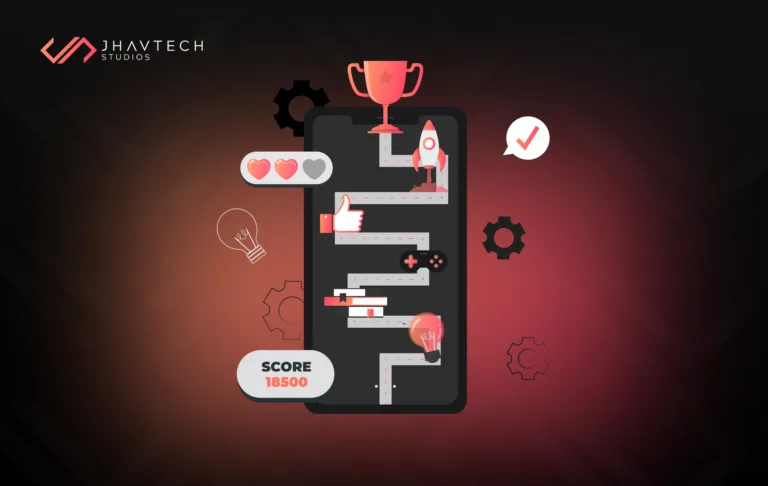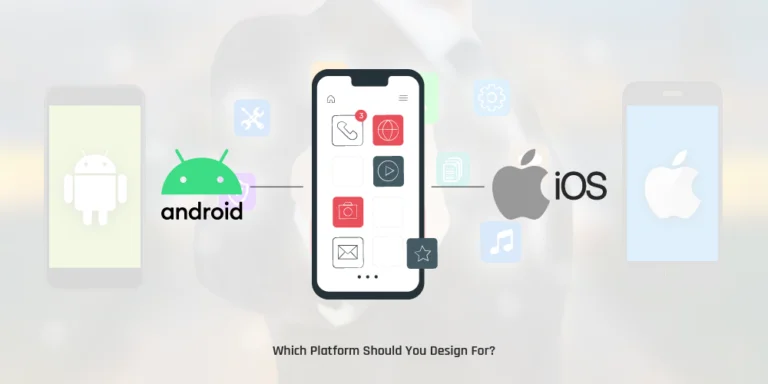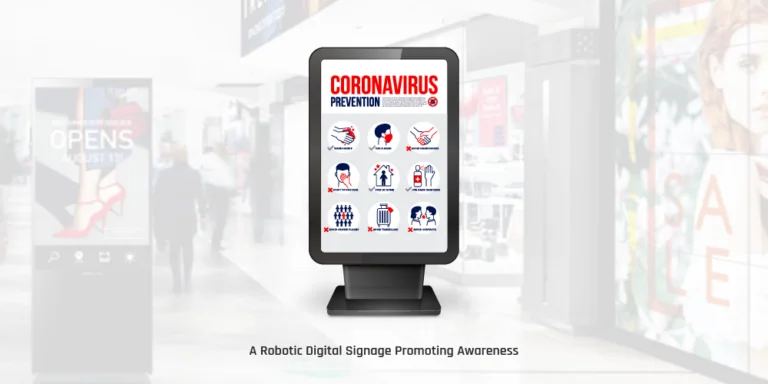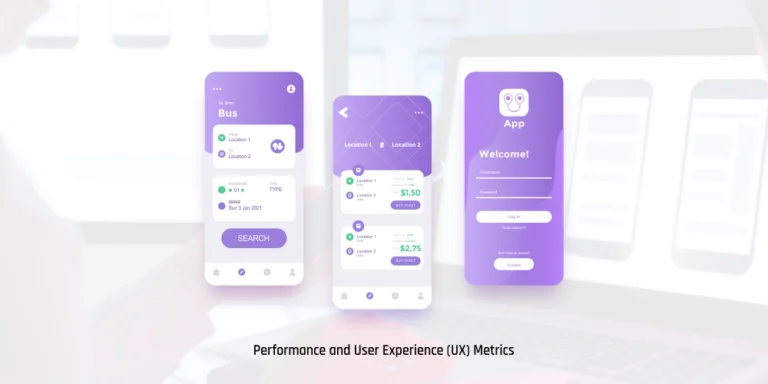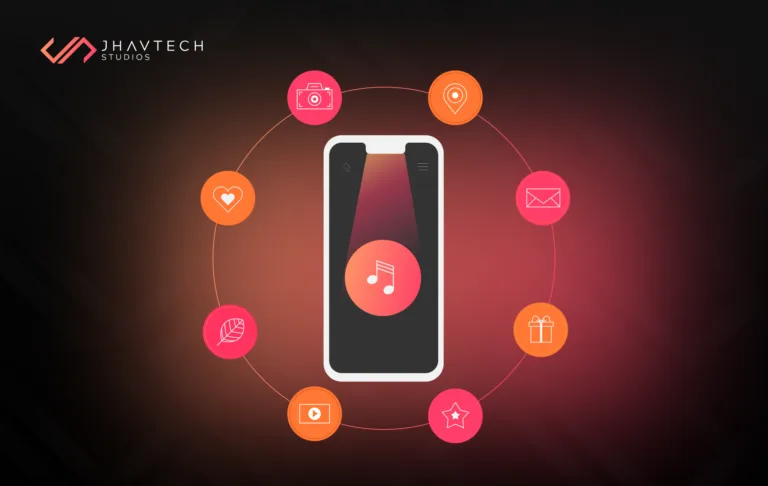As the digital landscape continues to evolve, desktop app development remains an essential component for businesses and developers alike. While mobile and web apps have grown in popularity, desktop applications offer unique advantages that make them irreplaceable for certain industries and use cases. In this comprehensive guide, we will explore the key aspects of desktop app development in 2025, including the latest trends, technologies, and best practices, supported by real-world examples and insights.
Why Desktop Apps Still Matter
Desktop applications are software programs designed to run on personal computers, laptops, and workstations. They provide high-performance functionality and often surpass web and mobile apps in terms of speed, security, and offline capabilities. A 2024 study from Statista found that nearly 58% of developers continue to prioritise desktop app development due to its reliability and efficiency in handling complex tasks, such as large data processing, 3D modeling, or extensive editing tasks.
For industries like engineering, design, finance, and creative arts, desktop applications are indispensable because they can handle the intensive performance demands that web and mobile apps often struggle to meet. This is one of the reasons desktop applications remain a top choice for enterprises that need highly specialised software solutions.
Trends Shaping Desktop App Development in 2025
1. Cross-Platform Development
One of the most transformative trends in desktop app development is the growing adoption of cross-platform frameworks. These tools allow developers to create applications that work seamlessly on multiple operating systems, such as Windows, macOS, and Linux, without needing separate codebases for each platform. In 2025, frameworks like Electron, Flutter, and .NET MAUI continue to gain traction for their efficiency and flexibility.
Electron, for example, is used by major applications like Visual Studio Code, Slack, and Discord. It allows developers to write code in JavaScript, HTML, and CSS and deploy it across platforms with ease. Flutter, originally known for mobile app development, has evolved to support desktop platforms, allowing developers to create natively compiled apps for desktop, web, and mobile using a single codebase.
2. Enhanced User Experience (UX)
User experience is more important than ever in desktop app development. With competition growing across all software categories, delivering a smooth, intuitive, and visually appealing experience can significantly improve user retention. Research shows that applications offering superior UX can boost user retention by more than 32%.
In 2025, modern desktop applications incorporate advanced UX principles, such as minimalistic design, responsive interfaces, and contextual features. For example, Adobe’s suite of desktop apps, including Photoshop and Premiere Pro, continue to lead the industry in providing professional tools with intuitive workflows that keep users engaged and productive.
3. Cloud Integration
The integration of cloud services into desktop applications is another major trend for 2025. Cloud-connected desktop apps allow users to access real-time data synchronisation, file sharing, and collaborative tools that extend functionality beyond the local machine. This makes cloud integration a must-have for modern desktop app development.
Applications like Microsoft OneDrive, Dropbox, and Google Drive showcase how desktop apps can leverage cloud computing technology to enhance user convenience. In industries that require frequent data collaboration, such as design, architecture, or development, cloud-based features allow for seamless team interactions and quick data access from multiple locations.
4. Artificial Intelligence (AI) and Machine Learning (ML)
Artificial Intelligence (AI) and Machine Learning (ML) have become indispensable in modern desktop app development. These technologies allow developers to incorporate intelligent features into desktop applications that can analyse data, make recommendations, and automate repetitive tasks. For instance, Adobe Photoshop’s AI-powered features like content-aware fill and neural filters provide users with innovative tools for image editing that were previously unimaginable.
By integrating AI and ML, desktop apps can personalise user experiences and enhance efficiency, making them more appealing to professionals across industries such as healthcare, finance, and marketing.
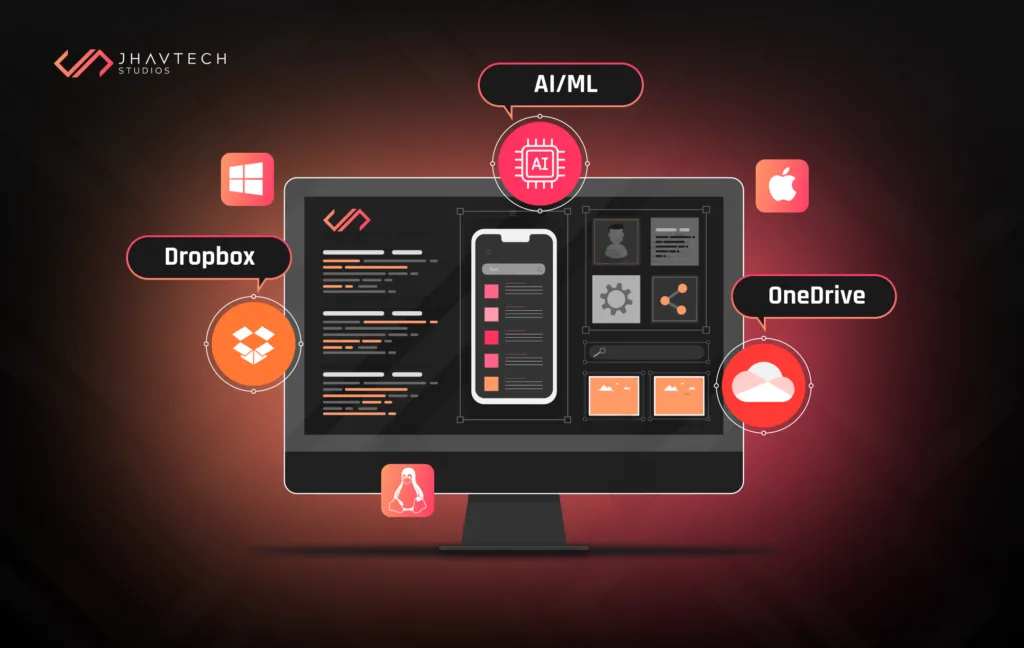
Key Considerations in Desktop App Development
Platform Selection
Choosing the right platform is a crucial decision in desktop app development. While Windows continues to dominate the desktop market, with a market share exceeding 76% in 2024, macOS and Linux are growing in niche areas such as design and development. Developers must carefully evaluate their target audience and specific business requirements before selecting the platforms for their desktop application.
Performance Optimisation
Performance is critical in desktop app development. Users expect desktop applications to load quickly, consume minimal system resources, and run efficiently, even when handling large amounts of data. Research indicates that 68% of users are likely to uninstall an application if it performs poorly or crashes frequently. Developers must prioritise performance optimisation techniques such as efficient memory management, reducing CPU usage, and ensuring fast load times to maintain user satisfaction.
Safety and Security
In 2025, security remains a top priority for desktop app development. As desktop applications handle sensitive data, including financial records, personal information, and proprietary business documents, they are prime targets for cyberattacks. The cost of data breaches is projected to rise above $4.5 million per incident, underscoring the importance of implementing robust security measures like encryption, secure APIs, and regular security audits.
Developers must follow secure coding practices and stay updated on the latest security vulnerabilities to protect both their application and its users.
User Interface (UI) Design
A well-designed UI can dramatically impact the success of a desktop application. In 2025, modern desktop applications utilise sleek, responsive, and visually engaging UIs that provide an excellent user experience. Developers can rely on UI frameworks like Windows Presentation Foundation (WPF) for Windows or SwiftUI for macOS to create intuitive interfaces that resonate with their audience.
By focusing on a clean, accessible design, developers can ensure that their desktop apps are both functional and user-friendly.
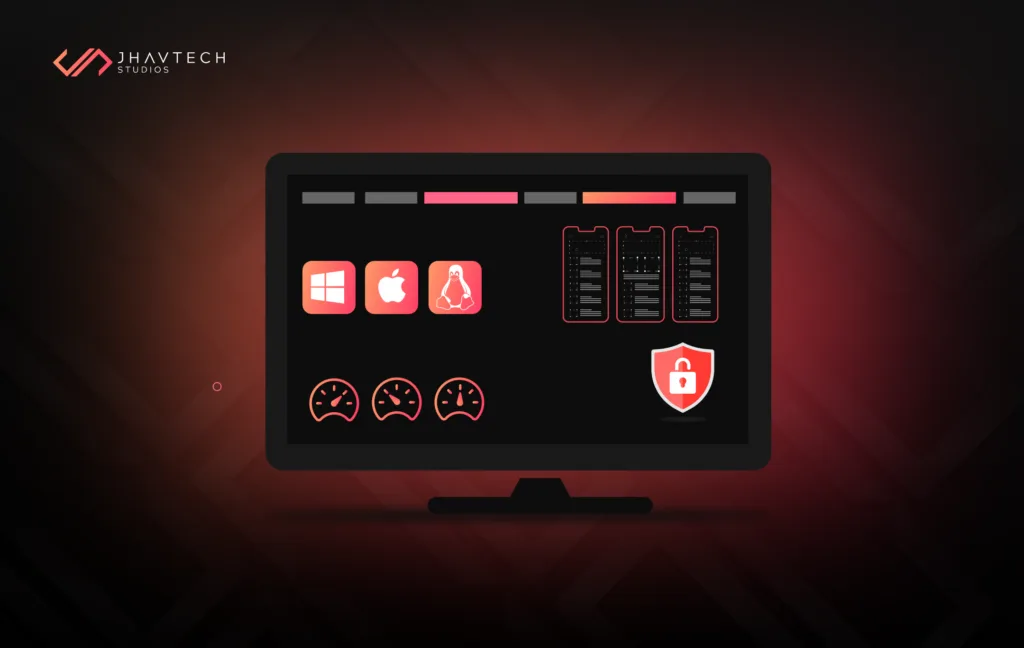
Tools and Technologies for Desktop App Development
Electron
Electron is a leading cross-platform framework used for building powerful desktop applications with web technologies. Its flexibility and ease of use have made it a popular choice for apps like Slack, Discord, and Visual Studio Code. Electron allows developers to use JavaScript, HTML, and CSS to build apps that run seamlessly across Windows, macOS, and Linux.
Flutter
Flutter, originally developed for mobile apps, has now expanded its capabilities to support desktop applications. With Flutter, developers can create natively compiled applications from a single codebase, making it a great choice for cross-platform desktop app development.
.NET MAUI
.NET MAUI (Multi-platform App UI) is an evolution of Xamarin.Forms, enabling developers to build native applications for Windows, macOS, Android, and iOS using a single C# and XAML codebase. It’s especially popular among enterprises that need to maintain consistency across multiple platforms while ensuring high performance.
Qt
Qt is a mature and versatile framework for cross-platform desktop application development. Known for its rich feature set, Qt powers major software like Autodesk Maya and VirtualBox, proving its capability in delivering complex, high-performance applications.
Examples of Successful Desktop Applications
Slack
Slack is a collaboration tool used by millions worldwide. Its desktop app, developed using Electron, provides a seamless experience across multiple operating systems, offering advanced features and superior performance over its web-based counterpart.
Visual Studio Code
Visual Studio Code, Microsoft’s free source-code editor, is one of the most popular tools among developers. It showcases the potential of desktop app development using Electron, demonstrating how web technologies can be used to build powerful, cross-platform desktop applications.
Spotify
Spotify’s desktop app provides an enhanced listening experience that surpasses its web version. With its ability to integrate local file systems and deliver faster performance, the desktop app is a preferred choice for many music enthusiasts.
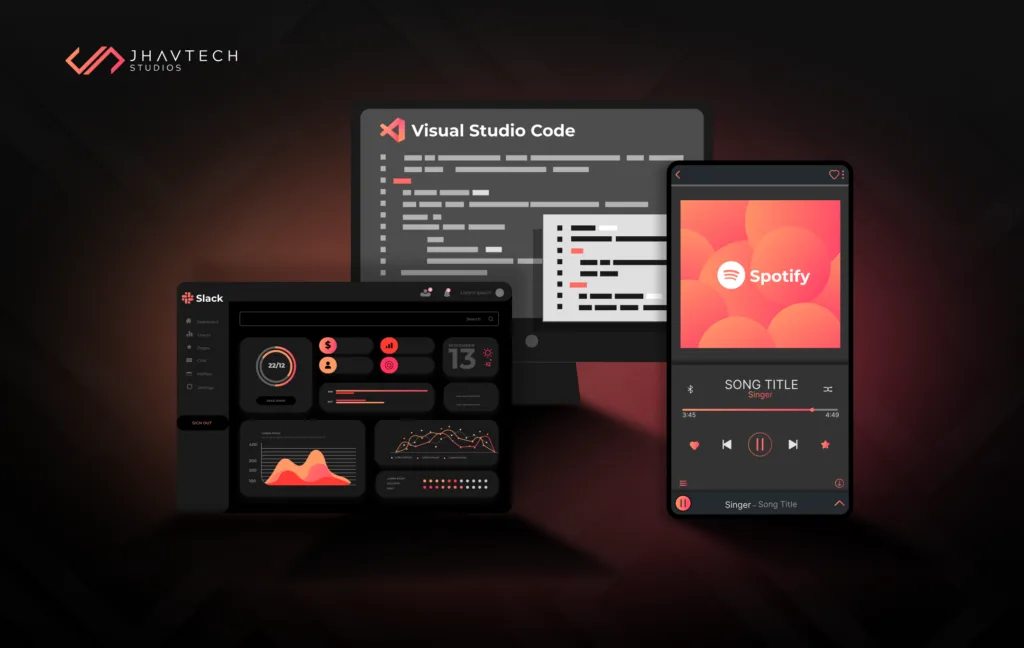
The Future of Desktop App Development
As we look ahead, desktop app development in 2025 continues to evolve with the integration of new technologies like AI, ML, and cloud computing. These innovations are transforming how desktop apps function, making them more intelligent, responsive, and scalable. As businesses increasingly rely on digital solutions, the demand for innovative and high-performance desktop applications will only grow.
Partner with Jhavtech Studios for Your Next Desktop App
At Jhavtech Studios, we specialise in desktop app development that drives results for businesses across various industries. Our team of experienced developers leverages the latest technologies, including cross-platform frameworks, AI, and cloud integration, to deliver custom solutions that meet your specific needs.
Whether you’re looking to build a high-performance desktop app or optimise an existing one, we can help. Contact us today to learn more about how we can bring your desktop app vision to life and support your business’s growth in 2025 and beyond!
.svg)

